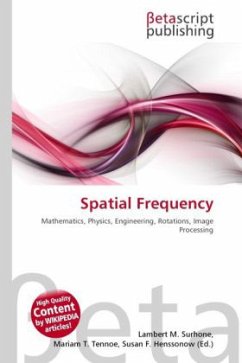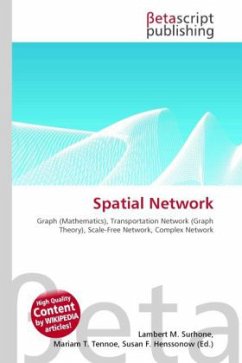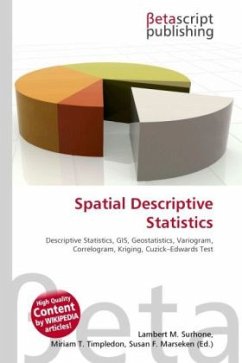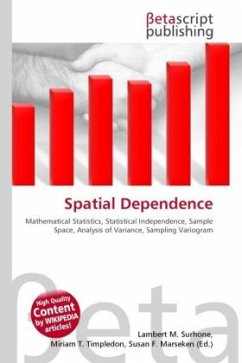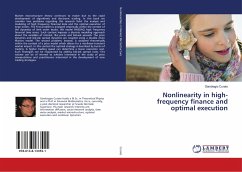High Quality Content by WIKIPEDIA articles! In mathematics, physics, and engineering, spatial frequency is a characteristic of any structure that is periodic across position in space. The spatial frequency is a measure of how often the structure repeats per unit of distance. The SI unit of spatial frequency is cycles per meter. In image processing applications, the spatial frequency often is measured as lines per millimeter, which is 1000 times smaller than the SI unit. In the study of visual perception, sinusoidal gratings (images containing bands of white and black in a regular pattern) are frequently used to probe the capabilities of the visual system. In these stimuli, spatial frequency is expressed as the number of cycles per degree of visual angle. Different spatial frequencies convey different information about the appearance of a stimulus. High spatial frequencies represent abrupt spatial changes in the image, such as edges, and generally correspond to configural information and fine detail. Low spatial frequencies, on the other hand, represent global information about the shape, such as general orientation and proportions.
Bitte wählen Sie Ihr Anliegen aus.
Rechnungen
Retourenschein anfordern
Bestellstatus
Storno

